The Atlantic Ocean is on the Brink of Collapse, and Our World Could Get Much Colder as a Result
When it comes to climate change, one of the biggest worries is certainly rising temperatures in both the world’s oceans and the air around us.
However, a recent study shows that the Atlantic Ocean could actually be getting colder. While this may mean declining temperatures on Earth, the result could be just as dangerous as a heat wave.
The Importance of Currents in the Ocean
Before exploring the latest information, it’s vital to understand how the currents of the world’s oceans function and why they are so important.
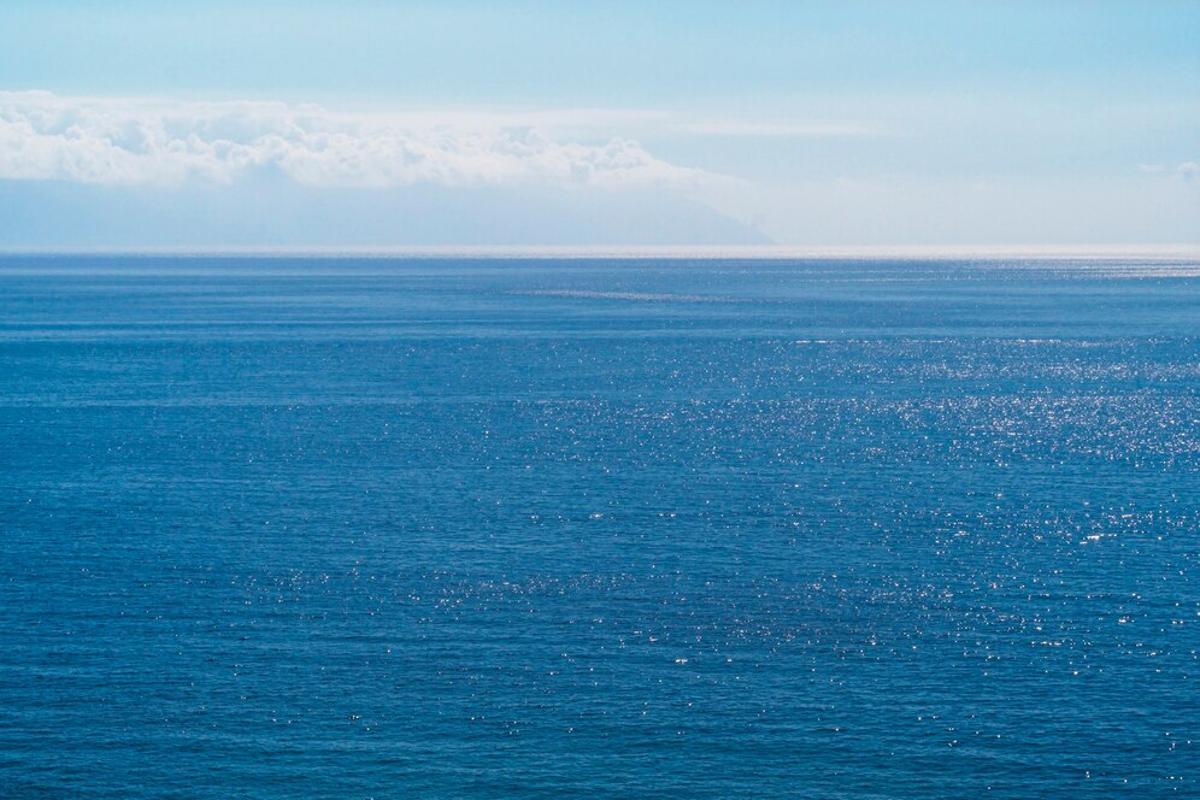
Source: Freepik
Although they are all but invisible above the surface, deep below, there are several ginormous currents within the oceans of our planet.
Currents Deep Beneath the Ocean
These currents are essentially rivers that run continuously in the ocean, moving warm and cold water in all directions.

Samantha Fortney/Unsplash
They collectively create the global conveyor belt, which plays a large role in the climate of the planet.
The Atlantic Meridional Overturning Circulation
The Atlantic Meridional Overturning Circulation (AMOC) is half of this conveyor belt, while the other half is known as the Southern Ocean Overturning Circulation.
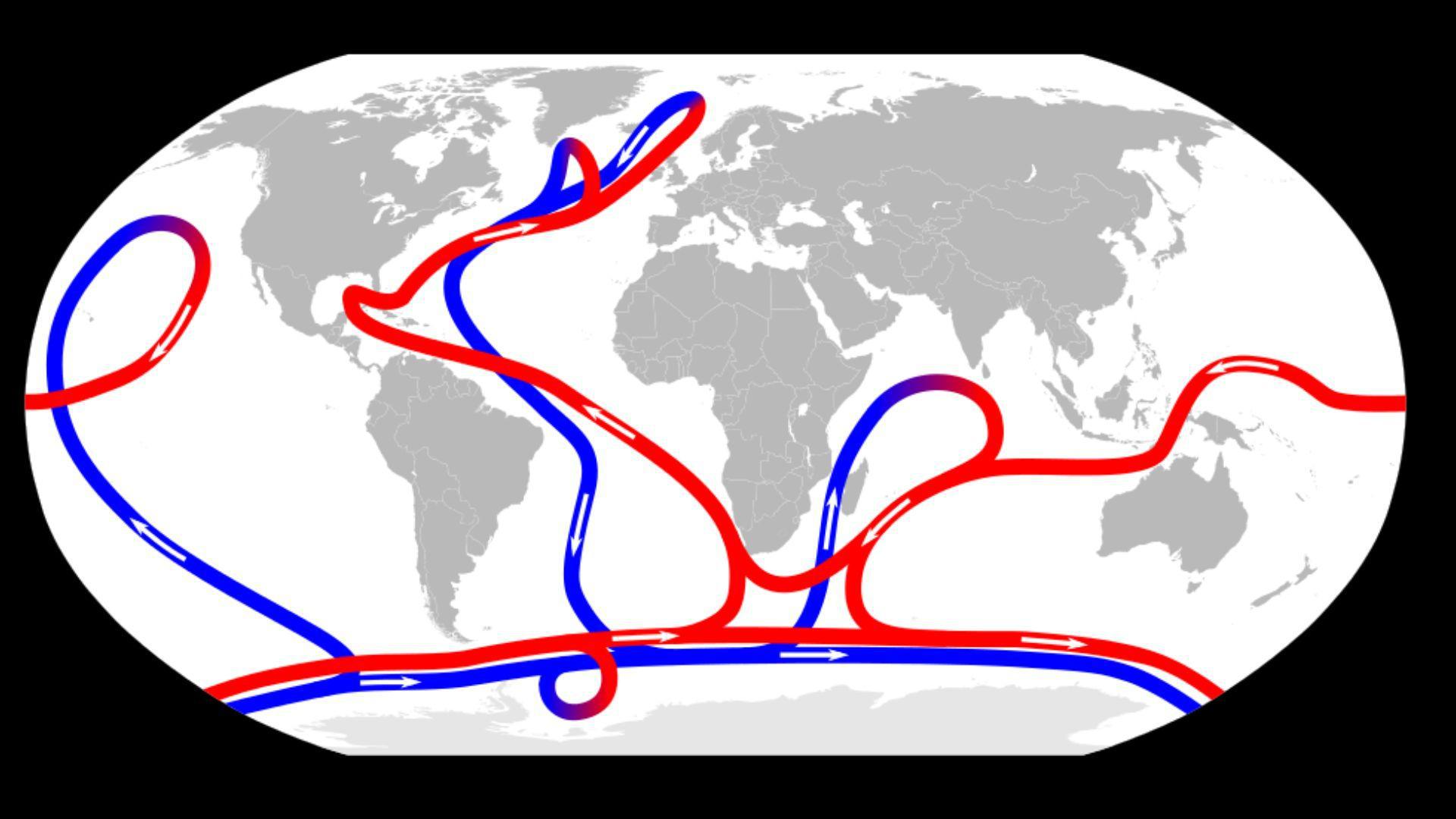
Source: Wikipedia
They are both made up of several currents, large and small, but the AMOC is mainly responsible for transporting the warmer waters of the southern tropics to the cold North Atlantic.
The AMOC Is Absolutely Essential
The AMOC is essential to life on planet Earth. It carries necessary nutrients to ocean life, brings warm waters to several coasts, and ensures the North Atlantic waters stay cold and icy.
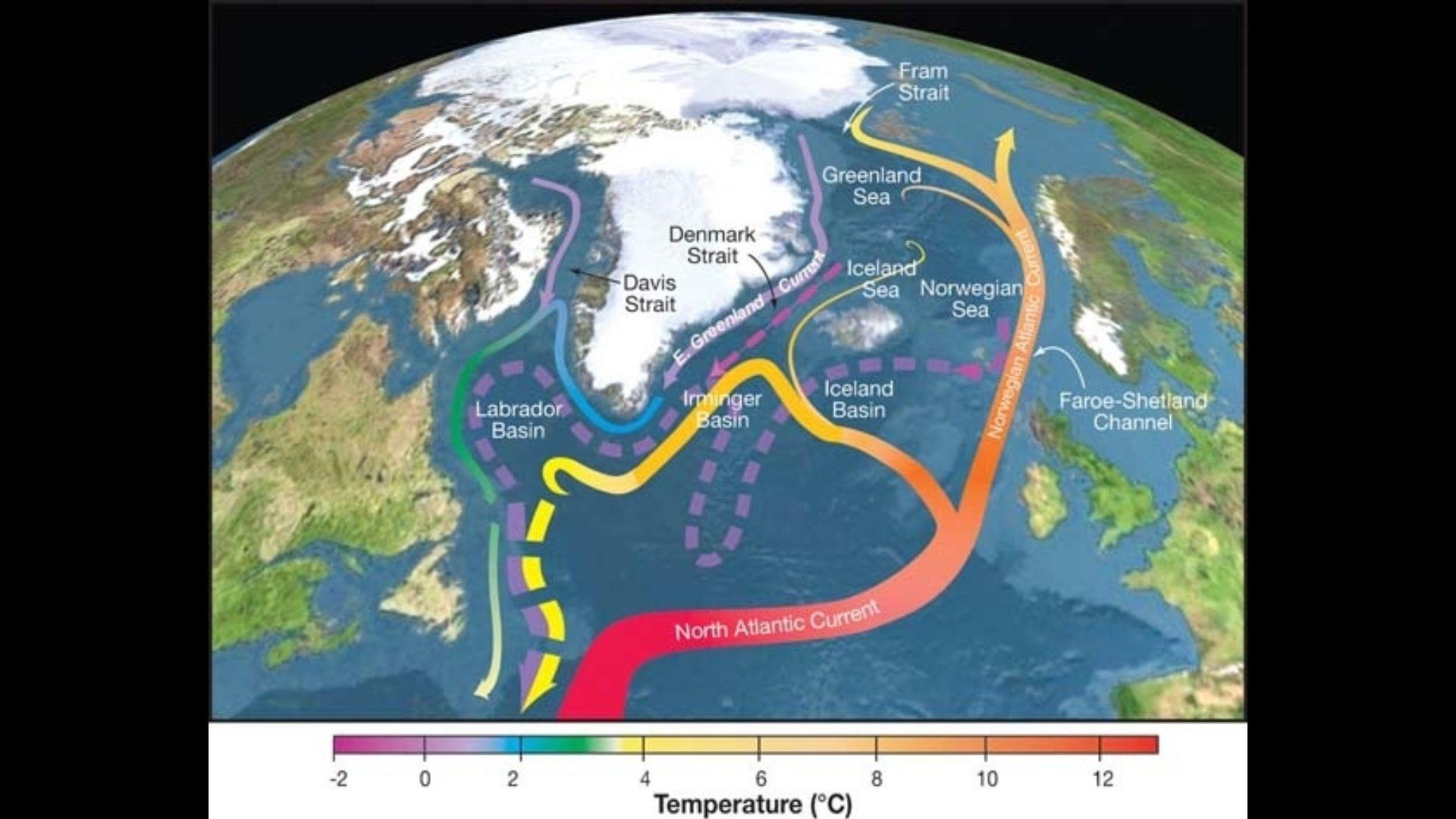
Source: Wikipedia
However, as the AMOC functions, thanks to the temperature of the water and the weather above the surface, and as the planet’s climate changes, so will the AMOC’s many currents.
Why Is the AMOC Weakening?
In recent years, scientists have begun to notice the AMOC is weakening.
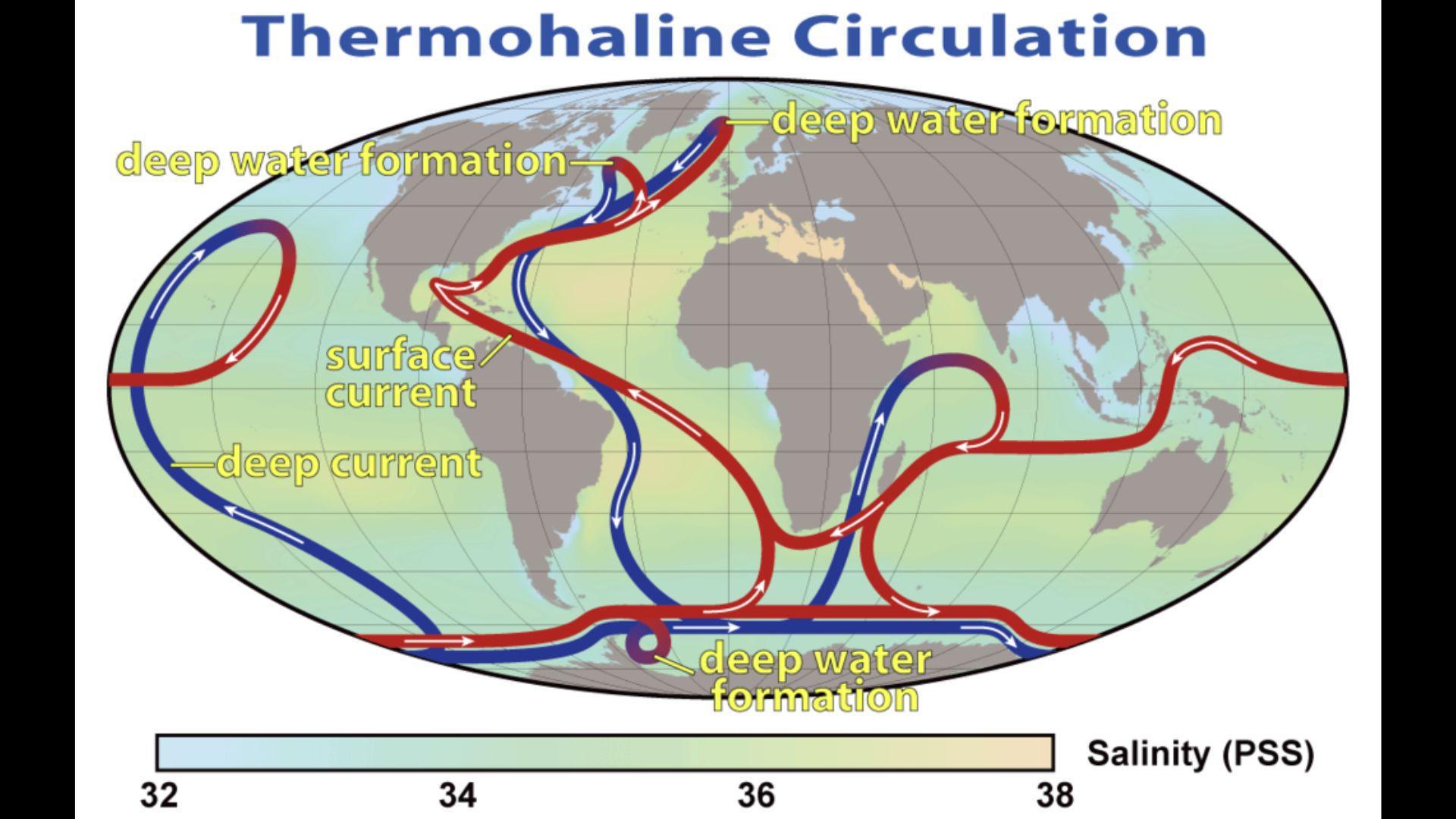
Source: Wikipedia
This is the result of temperature and atmospheric changes because these changes directly affect the salinity and, consequently, the density of the ocean’s waters.
Climatologist Explains Why AMOC is Weakening
Sandro Carniel, a climatologist and oceanographer from the National Research Center, explained why the AMOC is weakening.
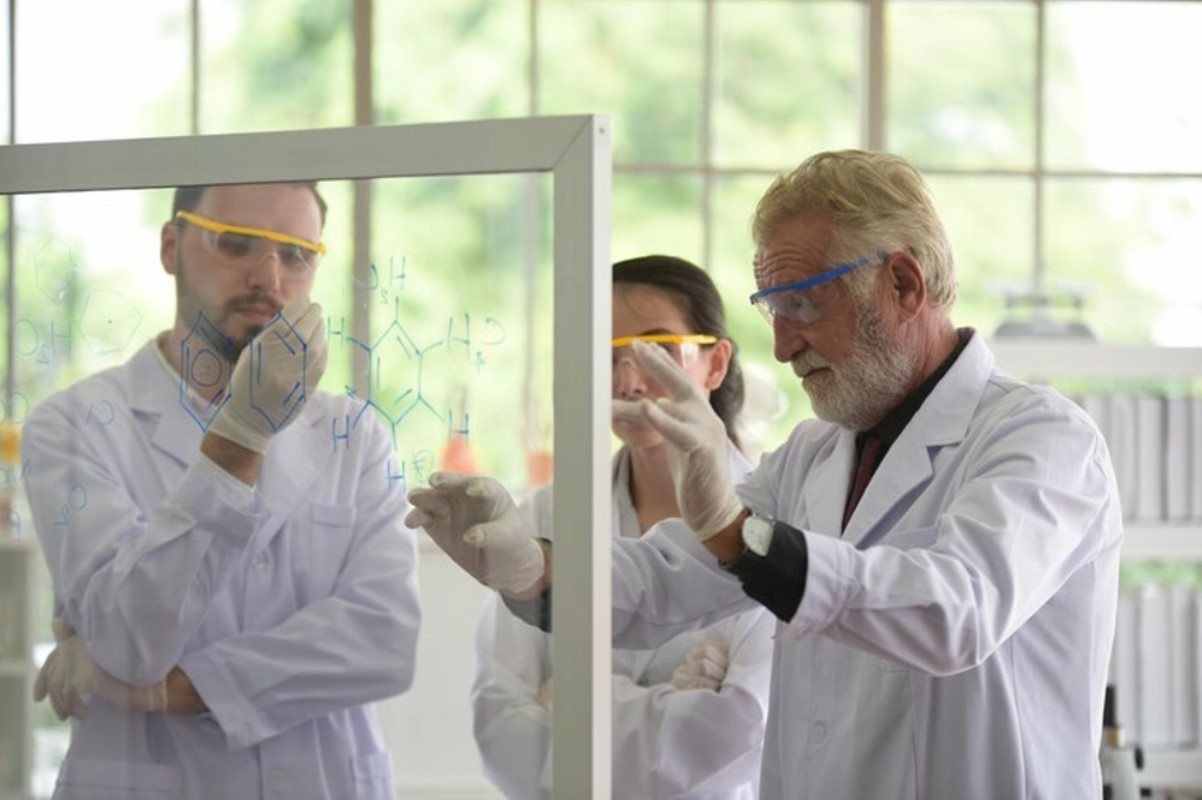
Source: Freepik
“The colder and saltier the water is, the greater its density, and the easier it is for its mass to sink. Whereas if the water is warm and fresh (i.e., not salty), it is lighter and therefore stays at the surface more,” he said.
Fresh Water in the AMOC Could Cause a Problem
There is concern that rising temperatures are melting ice sheets, introducing more fresh water to the Arctic.

Source: Pixabay/Pexels
This layer of fresh water on top of the saltwater could ultimately lead to potential disaster for the Atlantic Ocean.
Fresh Water May Cause Problems for AMOC
Since fresh water is less dense than salt water, ocean scientists suspect that the water won’t be dense enough to sink and push the water southward on the AMOC’s conveyor belt.

Source: Daniel Sinoca/Unsplash
If too much fresh water is introduced into the ocean due to melting glaciers, it could become a major problem for the Atlantic Ocean and the AMOC.
Scientists Explain How the Salinity Levels Work
Speaking with Vox, René Van Westen explains why the surface salinity of the ocean may change.
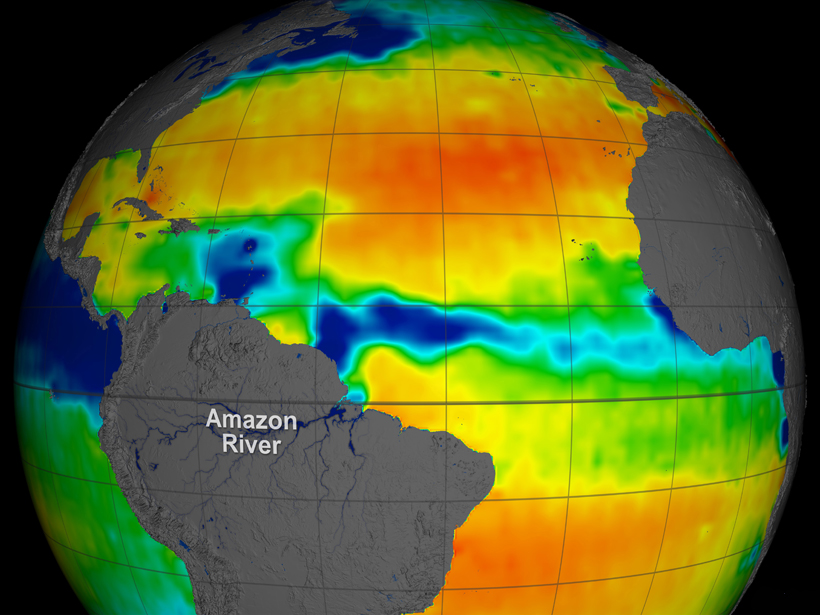
Source: NASA Goddard Space Flight Center
“The lower latitudes are expected to increase in surface salinity due to higher temperatures and hence more evaporation,” he said.
The Atlantic May Experience Varying Salinity Responses
Van Westen continued by explaining that various trends including ocean currents, may experience different salinity responses.
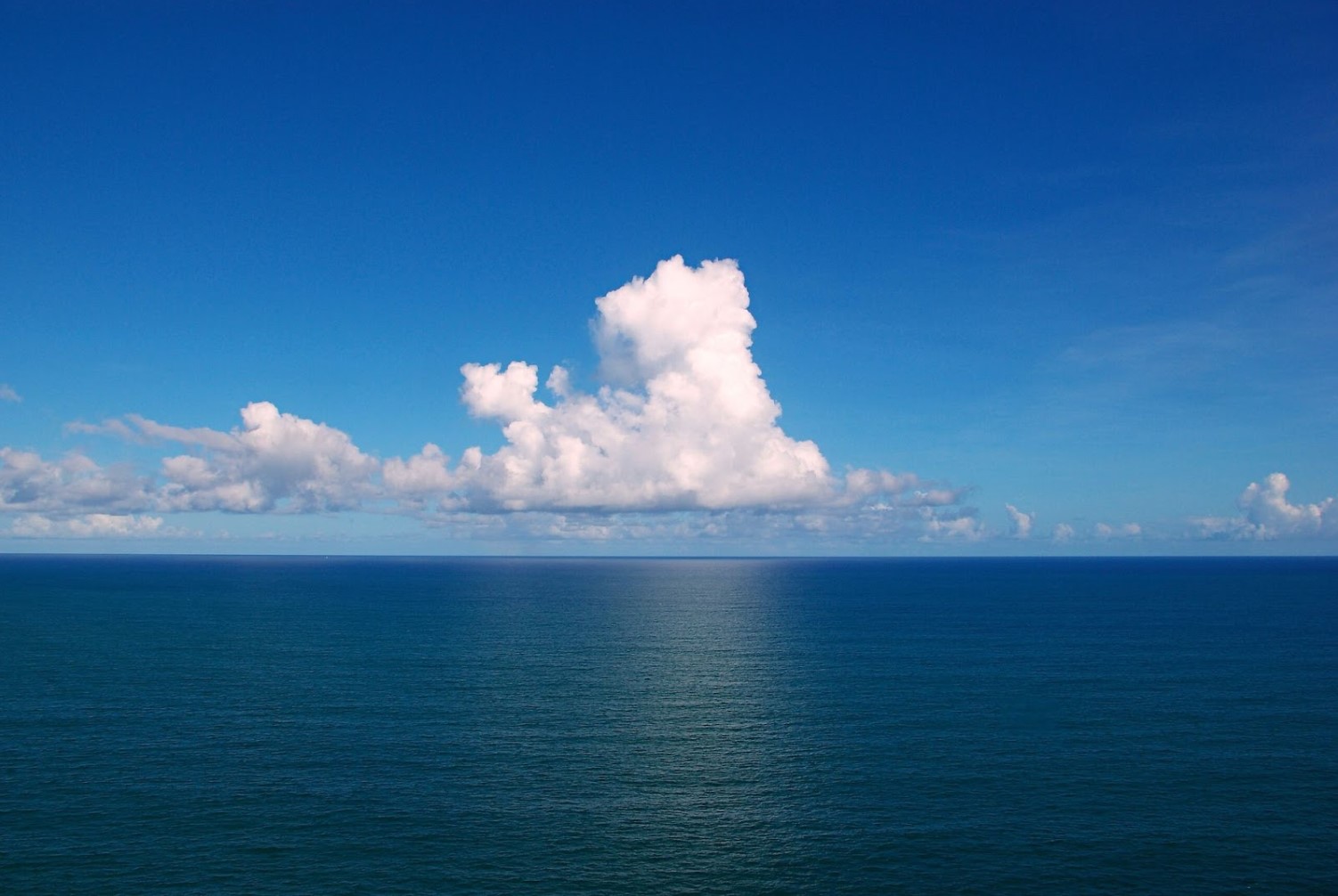
Source: Wikimedia
“However, higher latitudes may freshen due to ice melt and receive more precipitation. Depending on the trends and ocean currents, you can have different salinity responses,” Van Westen states.
Scientists Research the Salinity Levels to Make Better Calculations
A new paper is examining the salinity levels at the southern extent of the Atlantic Ocean between Cape Town and Buenos Aires for warning signs.
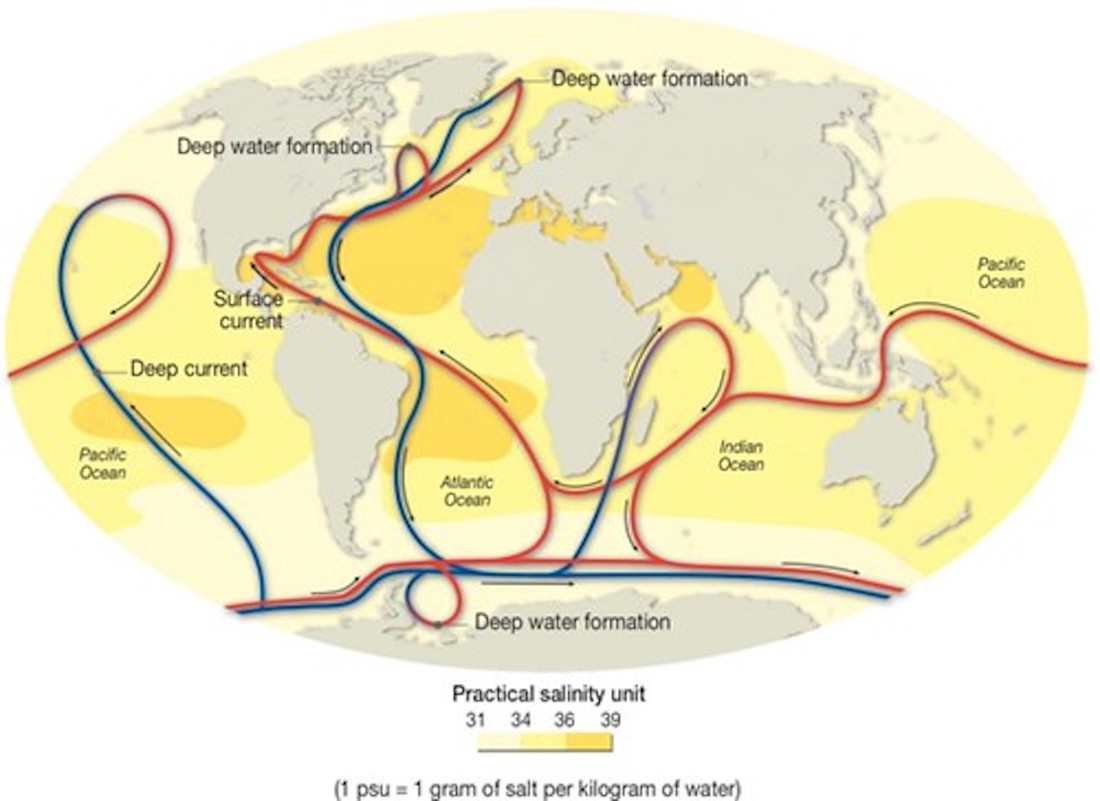
Source: GRID-Arendal/Flickr
The scientists studying this area are building a model that will simulate changes over 2,000 years, hoping to calculate when the AMOC will collapse.
Climate Change Could Weaken or Even Collapse the AMOC
It has now become apparent that climate change could drastically weaken or even completely collapse the AMOC in the all-too-near future.
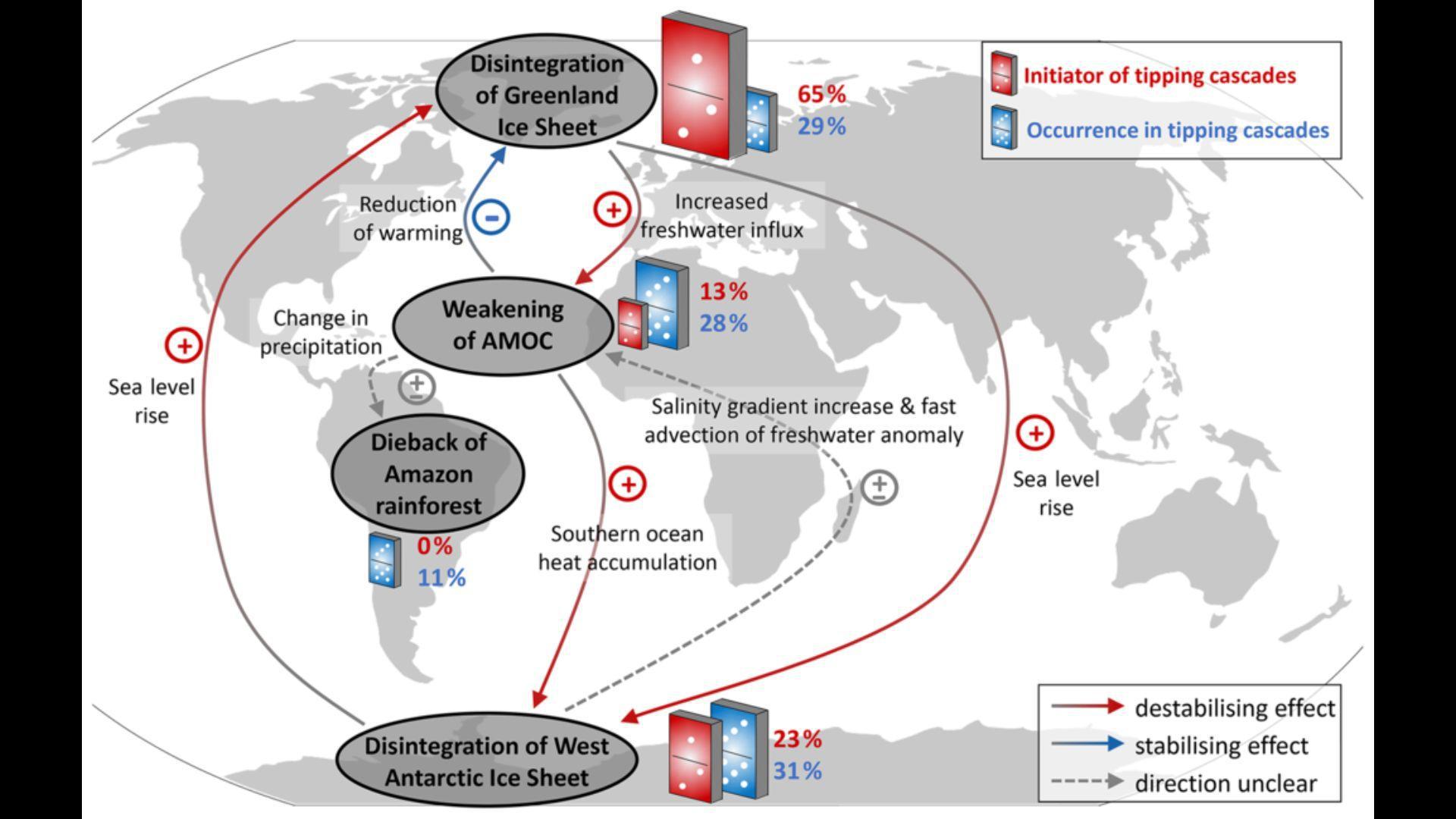
Source: Wikipedia
Rising air and ocean temperatures, as well as the ever-increasing freshwater influx from melting ice sheets in the Arctic, are changing the way the AMOC functions.
AMOC Collapse Will Effect All Life on Earth
Many scientists believe this could have significant effects on not just the planet, but the people who live on it as well, in just a few decades.
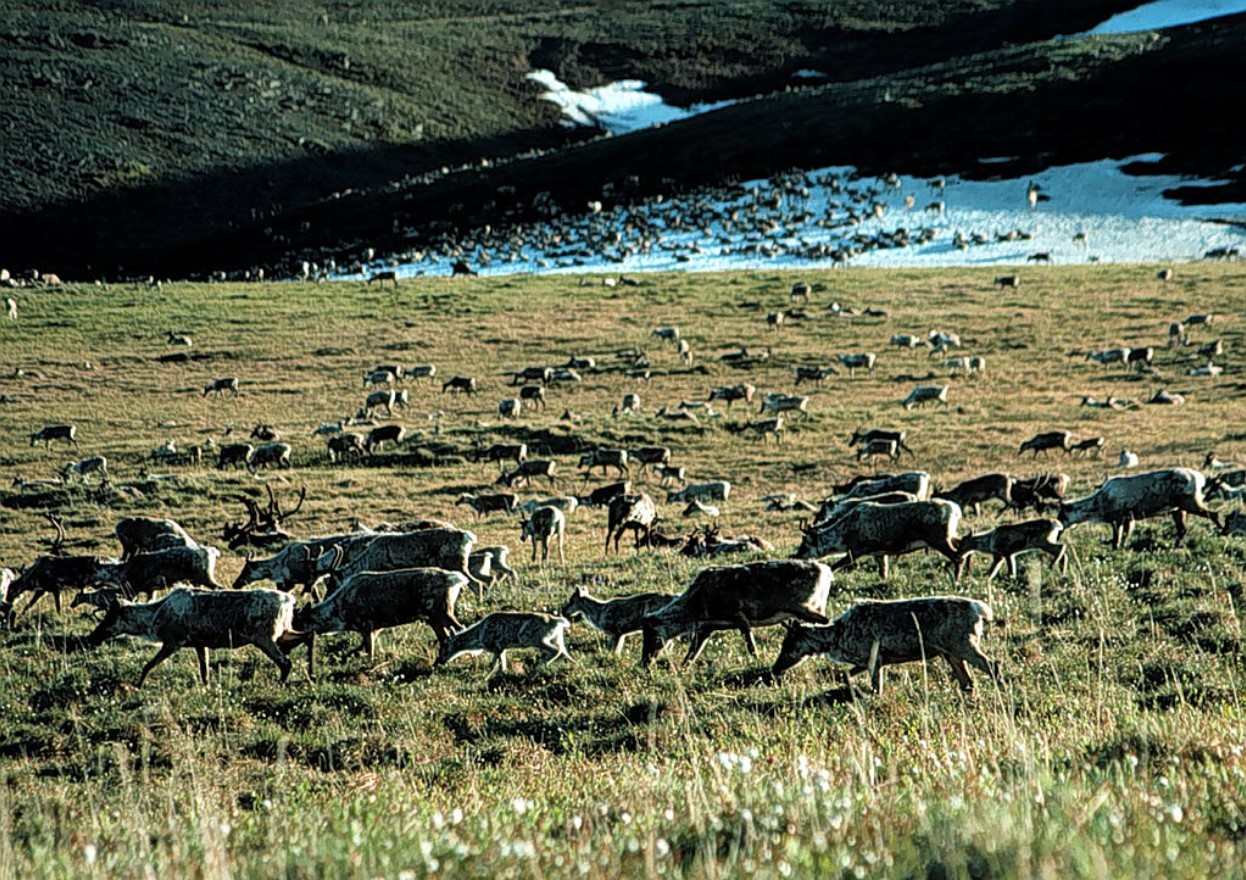
Source: US Fish and Wildlife Service/Getty Images
Researchers are now battling against time to come up with several ways to ensure the AMOC doesn’t collapse.
What Will Happen If the AMOC Collapses?
As the AMOC is clearly slowing down, several scientists have explained just what will mean for the planet.

Source: Freepik
The first dilemma will likely be that coastal areas in Northwestern Europe, and eventually the entire continent, will become much colder.
Rainforests Will See Less Rainfall
However, significant problems will also arise in the world’s southern hemisphere.

Source: Luis del Rio/Pexels
Rainforests will see significantly less rainfall. Last but certainly not least, the sea level along the coasts of the Atlantic could rise by tens of centimeters.
Some Say the AMOC Is Less Than 10 Years Away From Collapse
As with any scientific finding, there is a great deal of debate going on among experts as to exactly what will happen to the AMOC and, more importantly, when it will happen.
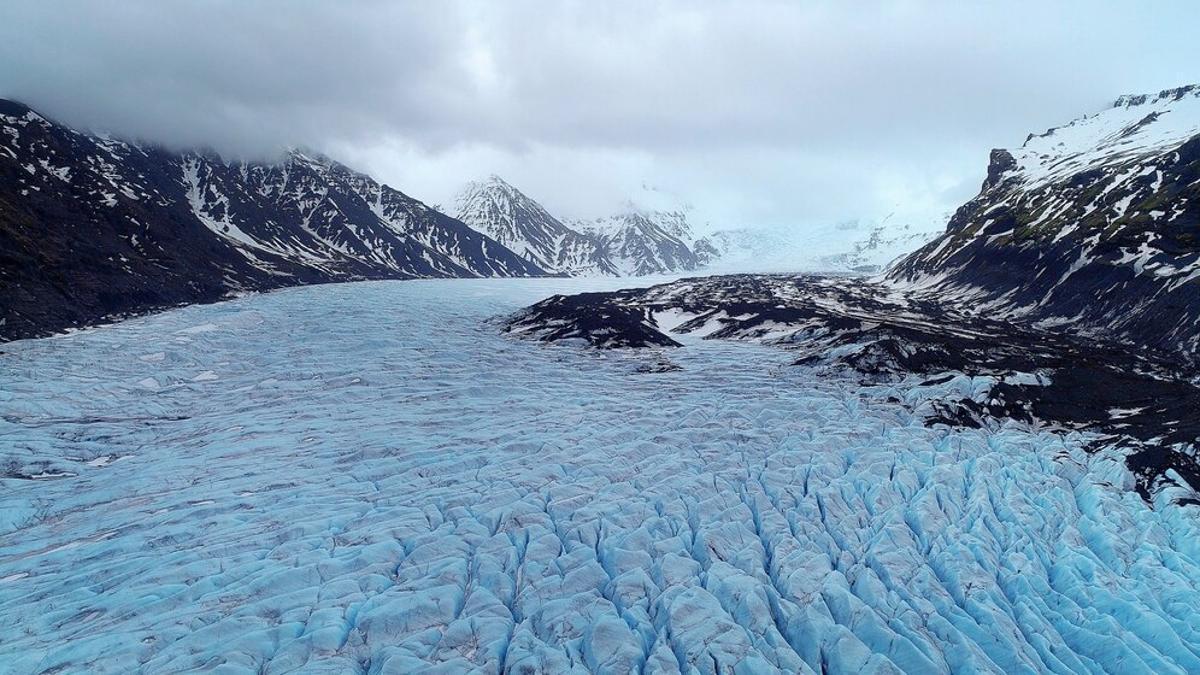
Source: Freepik
Some say there is not enough evidence to say for sure when the AMOC will weaken to the point of collapse and the world will experience these dangerous consequences. But others argue it could happen within the next 10 years.
High Stakes Scenario
According to Till Wagner, an atmospheric and ocean scientist at the University of Wisconsin-Madison, the risk of the AMOC collapsing is certainly high stakes as it could drastically change the world.

Source: Freepik
“This is a sort of $2 million question,” he said. “Can this actually happen? And if so, when?”
The AMOC Is Already Much Weaker Than It Once Was
It’s important to understand that those studying the AMOC know with 100% certainty the essential current system is already much weaker than it was just a few hundred years ago.
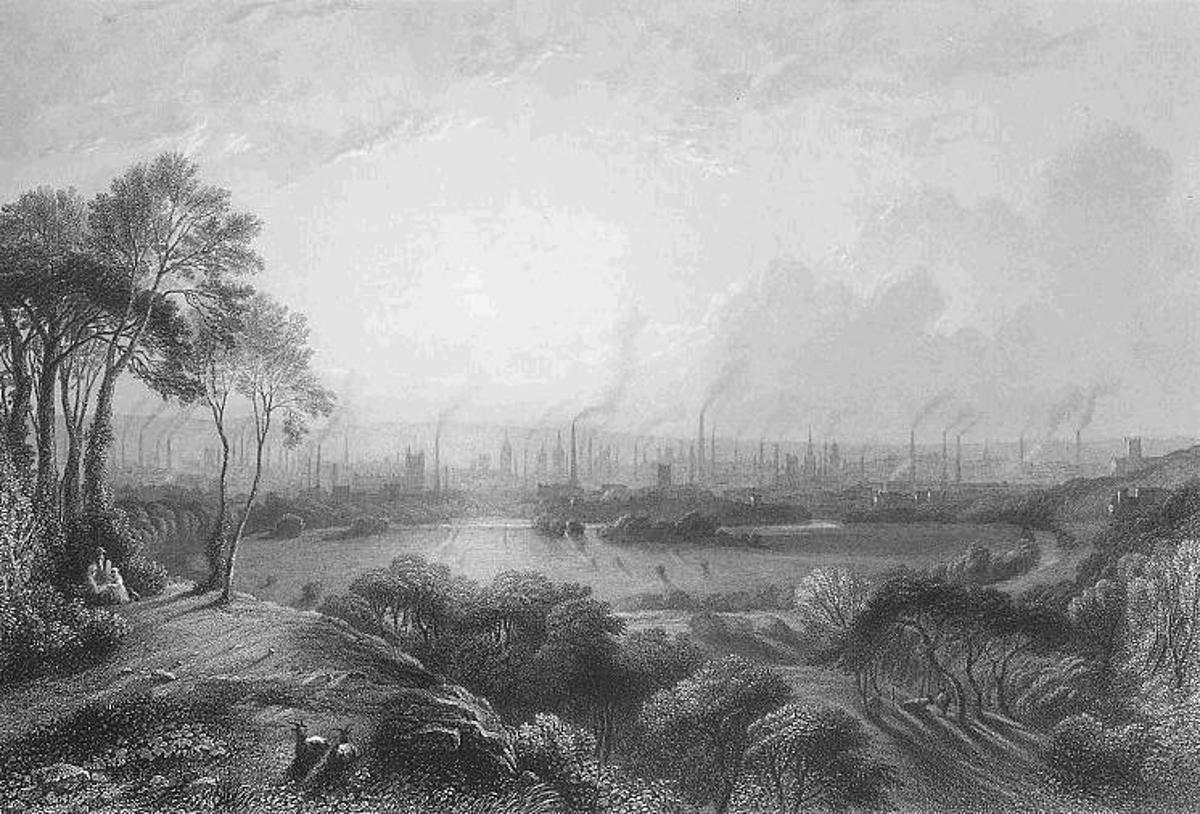
Source: Freepik
According to the research, the AMOC is far less powerful than it was in the first half of the 18th century before the Industrial Revolution.
The Point of No Return
Researchers who have been working on the AMOC situation have concluded that it may eventually reach the “point of no return.”
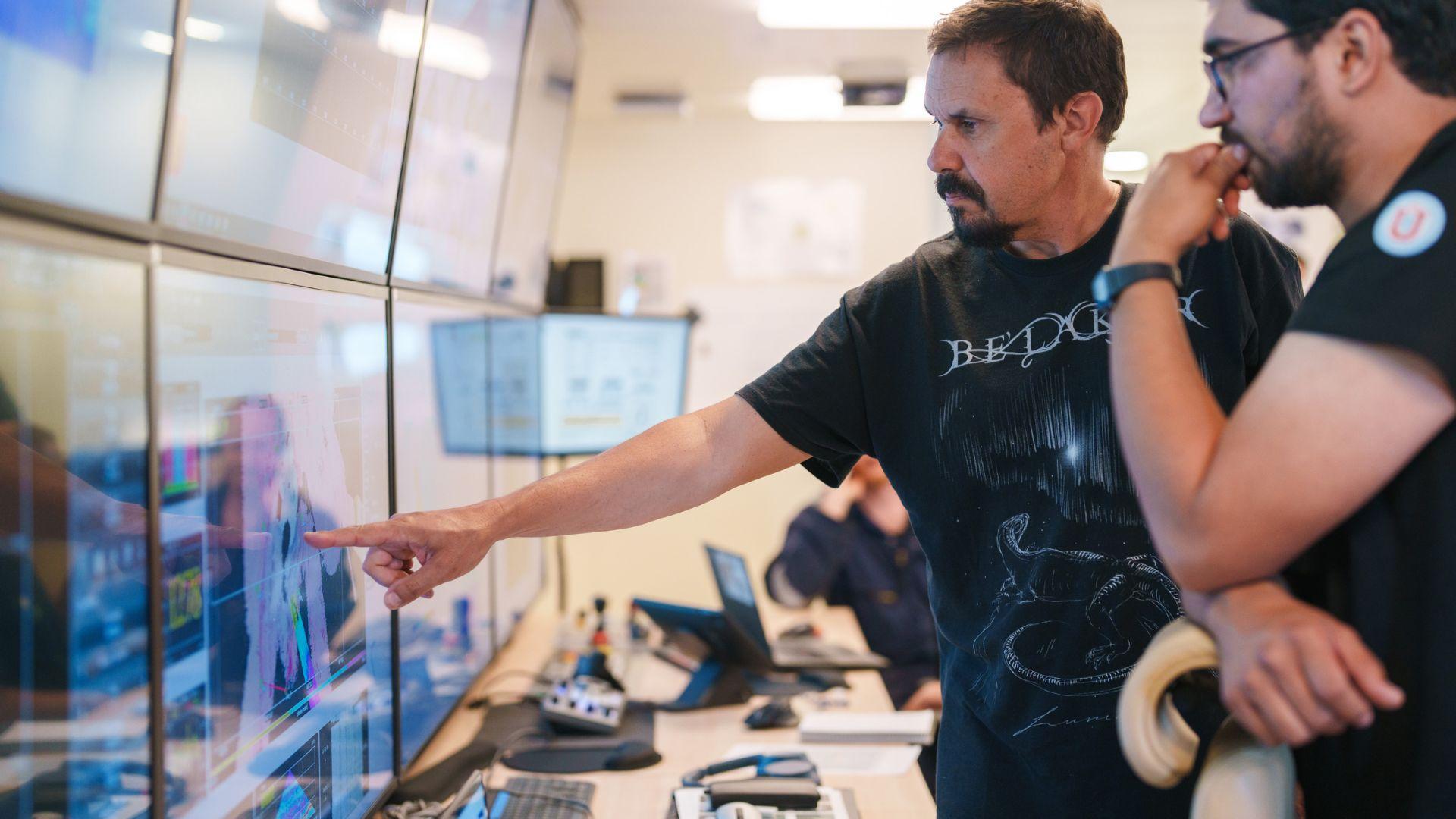
Source: Alex Ingle/Schmidt Ocean Institute
If the currents continue to weaken at the rate they have been for the past 250-odd years, they will undoubtedly reach this point, and it could be disastrous for the ocean and humanity.
The AMOC Has Collapsed Before
Thanks to detailed research, scientists know that the AMOC has collapsed before, resulting in a 1,000-year-long ice age.
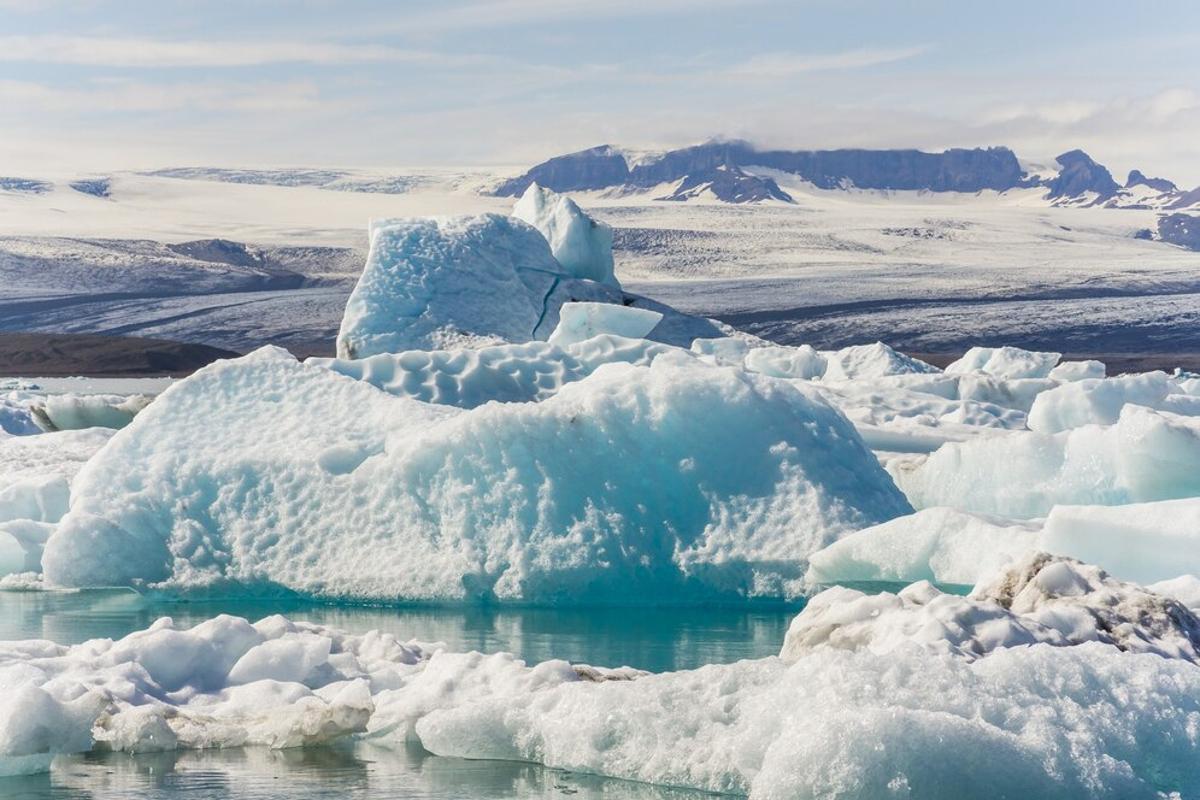
Source: Freepik
About 12,900 years ago, a giant frozen lake called Lake Agassiz melted completely and spilled an incredible amount of freshwater into the ocean.
The Younger Dryas
Scientists are under the impression the Lake Agassiz event led to a climatic era known as the Younger Dryas.

Source: Dgwildlife/Getty Images
The Younger Dryas is a period of periodic cooling that occurred around 11,600 years ago. This event disrupted a warming trend and plunged a large portion of the Northern hemisphere back into an ice age.
How Can the World Be Getting Both Warmer and Colder?
For years, scientists have been warning people that the Earth will get warmer and warmer as the climate changes, rendering the planet uninhabitable for human beings. But now, they’re saying that if the AMOC collapses, the world will become too cold, not too hot.

Source: Freepik
The increasing concentration of carbon dioxide is causing the atmosphere to warm an an already alarming rate. If the AMOC were to slow down, the Earth would freeze quickly despite the warming temperatures.
Understanding the Planet's Natural Rhythms
Although these may seem like contradicting theories, the bottom line is the same: Climate change is affecting the planet’s natural rhythms and will eventually cause drastic changes in land structure, temperature, and even life itself.
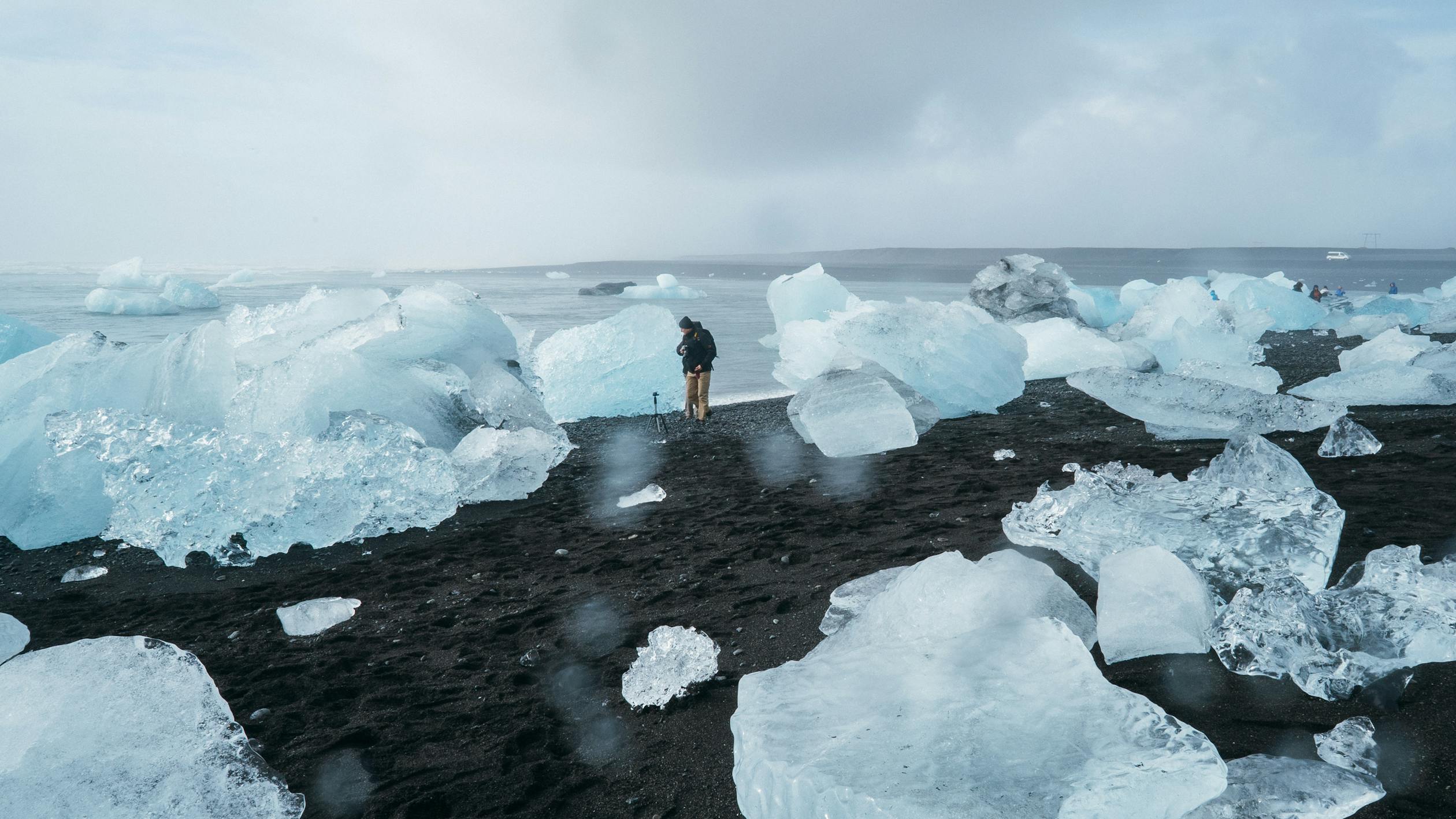
Source: Valdemaras D./Pexels
Researches have been studying the AMOC for decades, hoping to understand the changing currents.
Scientists Are Unsure About How the AMOC Works
A lot of the uncertainty comes from the fact that scientists do not completely understand how the AMOC operates.

Source: Lukas/Pexels
Scientists know that the AMOC is affected by temperature and salinity, but there is no formula to put the pieces together to create an accurate estimation of how quickly the AMOC is slowing down.
There Is Not Enough Information on the AMOC
Scientists have only been measuring the AMOC since 2004. While scientists can agree that the AMOC is an important regulator of global climate and weather changes, there is not enough data.

Source: Pixabay/Pexels
Even convincing historical evidence that the AMOC collapsed during the Younger Dryas is not a good indicator of what is happening to the AMOC today.
Temperatures Will Drop Quickly
Researchers predicts that the irreversible slowdown in the circulation of Atlantic currents would causes some cities to experience a 5 to 15°C degree drop in temperatures in a few decades.

Source: Ruvim Miksanskiy/Pexels
Some areas could experience a dramatic drop in temperature every decade.
The Point of No Return Could Happen in the Next 70 Years
A 2018 study published in Nature shows that the buoyancy of the AMOC has decreased by 15% over the last 70 years.

Source: Ron Lach/Pexels
As the ocean temperature fluctuates in particular areas in the North Atlantic, a study suggests that the AMOC tip could start between 2025 and 2095.
Is the Model Correct?
While the study may instigate fear of impending doom, it should be remembered that the data could be wrong.

Source: Wikimedia
The authors of the reports write: “these results are under the assumption that the model is approximately correct.”
Modeling the Ocean Is a Difficult Task
Modeling the entire ocean is an incredibly complex endeavor due to the dynamic and interconnected nature of its various components, which include physical processes like currents, temperature gradients, and salinity variations, as well as biological and chemical processes.
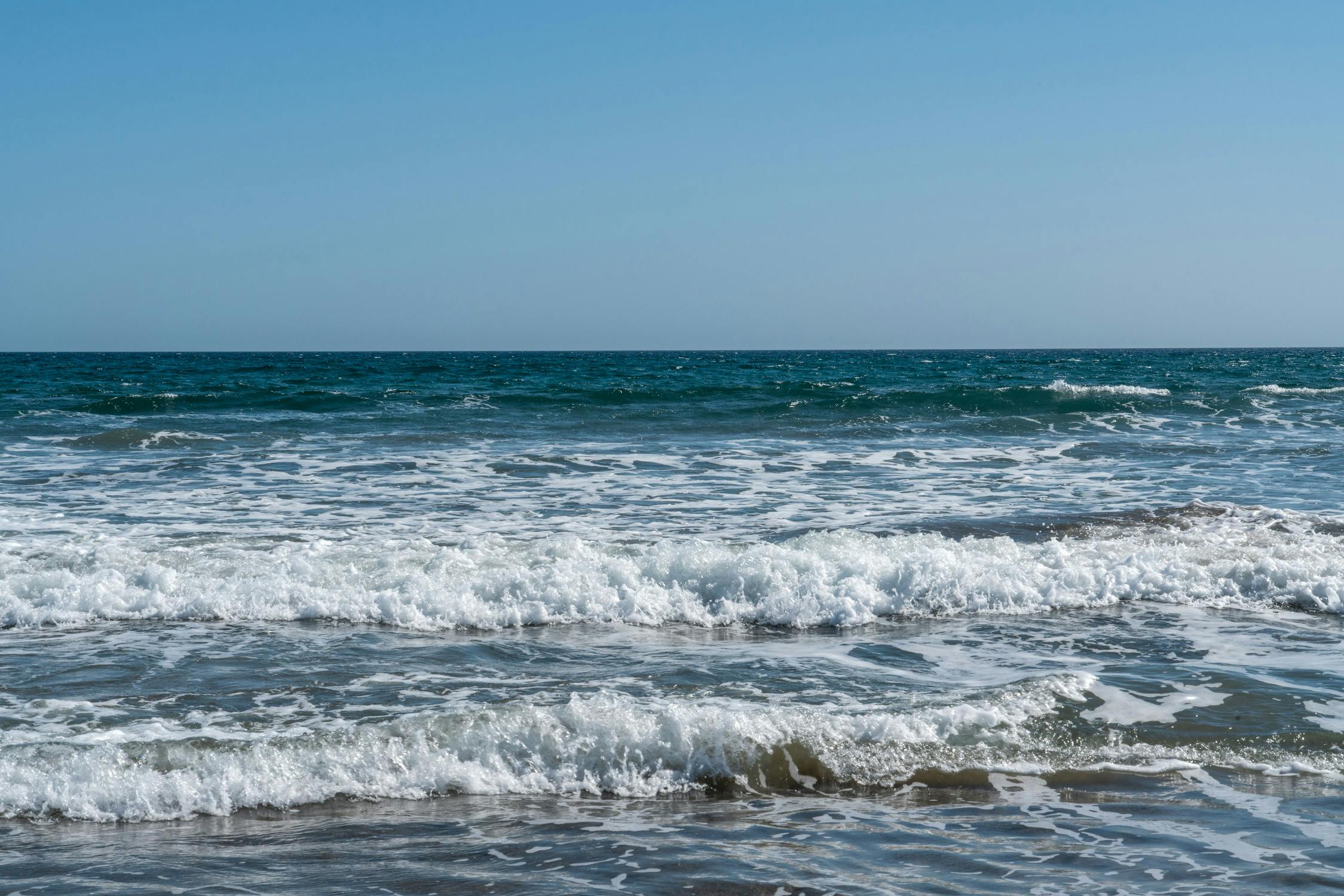
Source: Marian Florinel Condruz/Pexels
However, one of the most challenging aspects of ocean modeling lies in accurately capturing the interactions between the ocean and the atmosphere.
Other Scientist Are Skeptical That the AMOC Will Collapse This Century
Researchers fears that the point of no return happening in 2095 should be put to rest as the AMOC’s collapse is highly unlikely according to Met Office, a British weather service.

Source: Pixabay/Pexels
The weather service does predict that the weakening AMOC will bring less warm weather over the 21st century.
Scientists Work to See What Will Collapse the AMOC
While there is not enough data to make accurate assumptions about the AMOC and its possible collapse, scientists are doing their best to create computer models of the AMOC and testing what brings it to a halt.
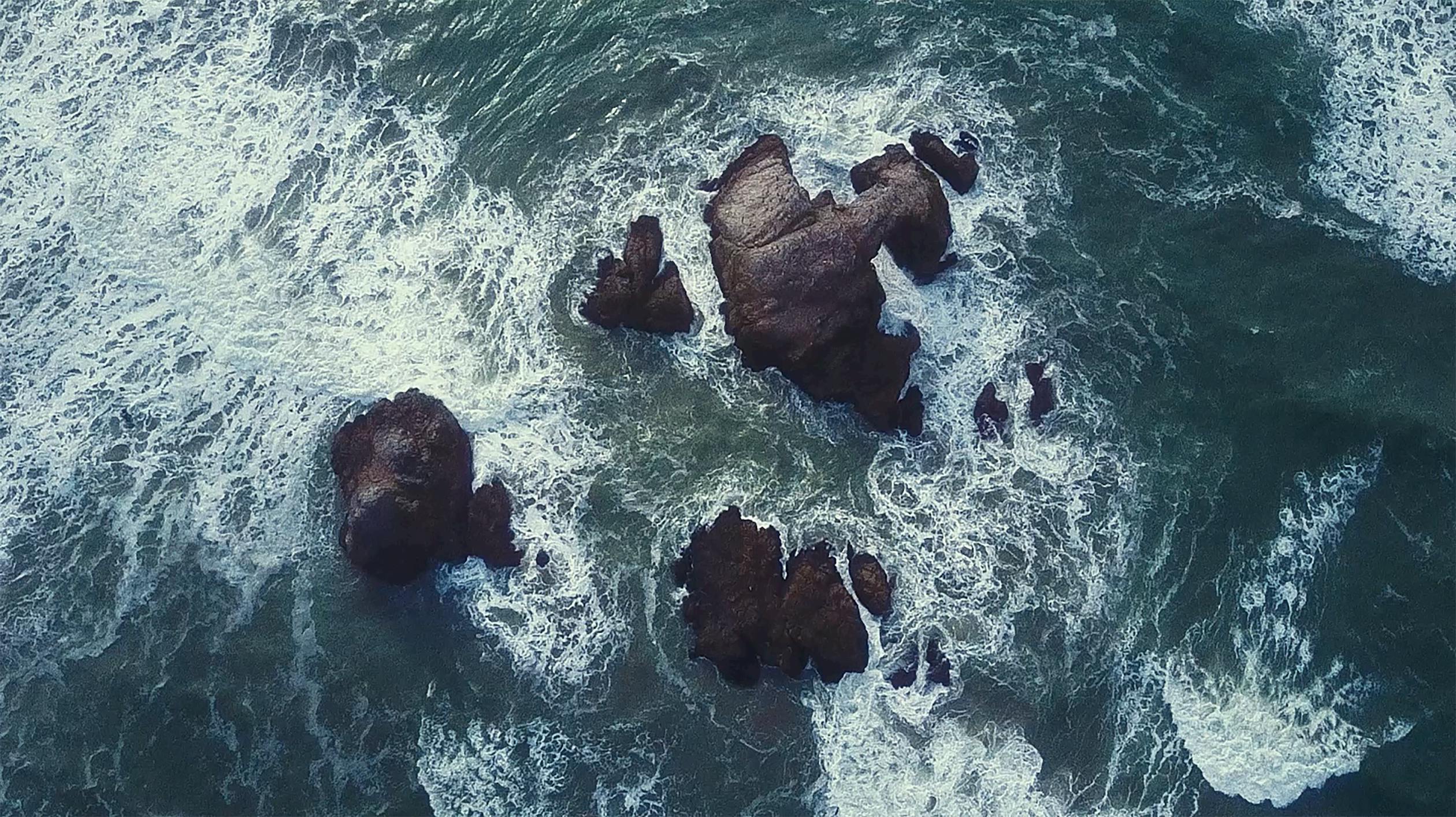
Source: Sebastian Arie Voortman/Pexels
Van Westen and co-authors are publishing a modeling paper that shows how much fresh water would need to enter the Atlantic to cause the AMOC to collapse.
The Uncertain Odds
Understanding the AMOC is challenging due to its complexity. There are numerous factors involved in developing models to predict its potential collapse. The singular nature of the AMOC complicates study and the calculation of collapse probabilities.
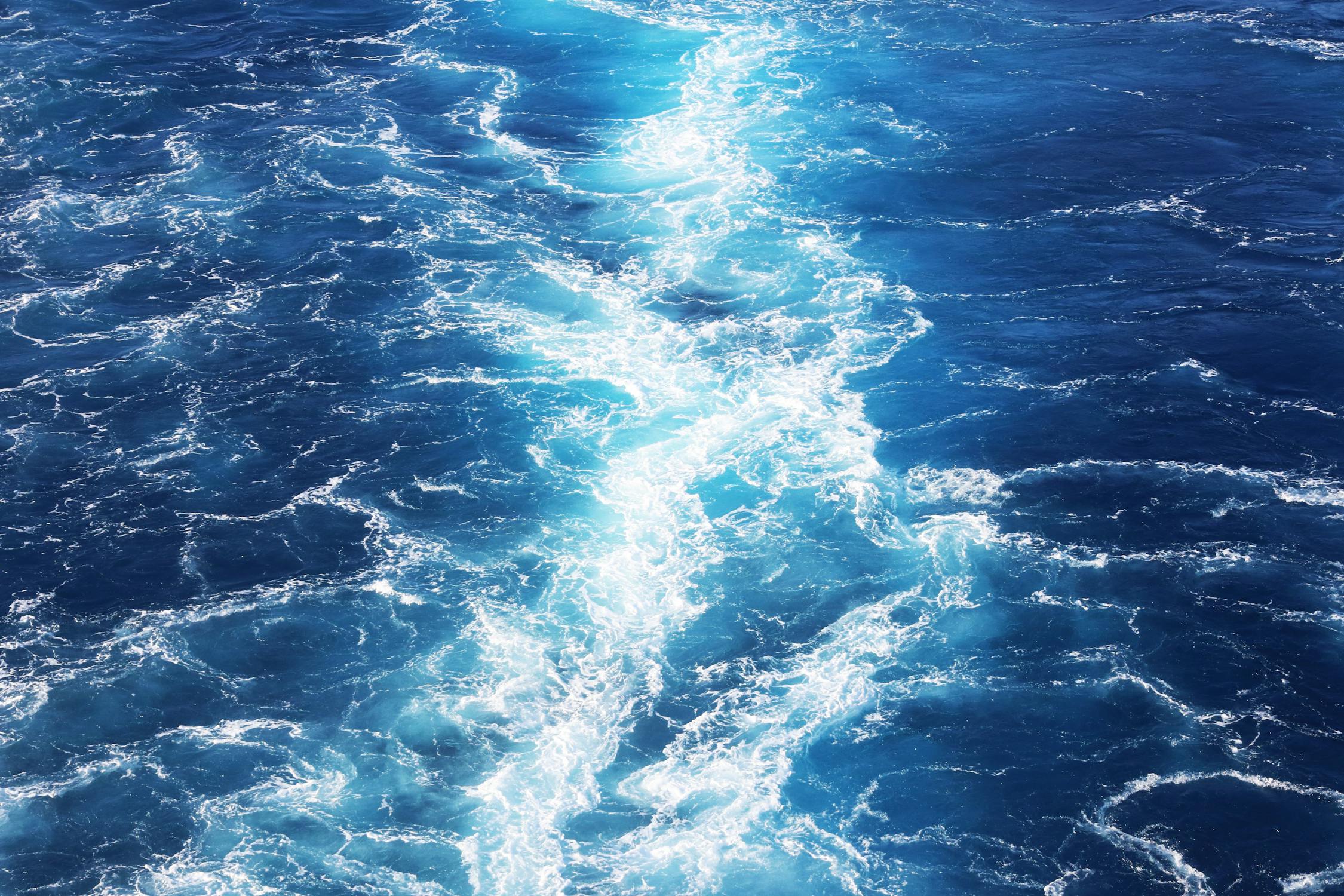
Source: Magda Ehlers/Pexels
Ongoing research offers hope that as scientists delve deeper into the AMOC’s intricacies, they will improve their ability to accurately assess the likelihood of its collapse.
The Effects of Climate Change on the AMOC
As it stands, there’s still a great deal of uncertainty on how severe the effects of climate change will be on the AMOC.

Source: Chris Boese/Unsplash
However, Van Westen claims, “We need to rule out such a potential future scenario” by further investigating the damage already caused.
Is There a Way to Save the AMOC From Collapse?
Luckily, the solution to both the planet’s overheating and overcooling is the same. Humans need to step up and reduce or even eliminate greenhouse gas emissions as soon as possible.

Source: Freepik
Otherwise, the planet will look entirely different sooner rather than later, either because of an ice age caused by the AMOC collapse or extreme weather and heat, and both are equally terrifying.
Urgent Action Is Needed to Save Earth
According to Van Westen, humanity needs to come together during this period of climatic uncertainty and work together for the greater good.

Source: Freepik
“And therefore, very urgent climate action is needed to limit our impact on Earth,” he said.
